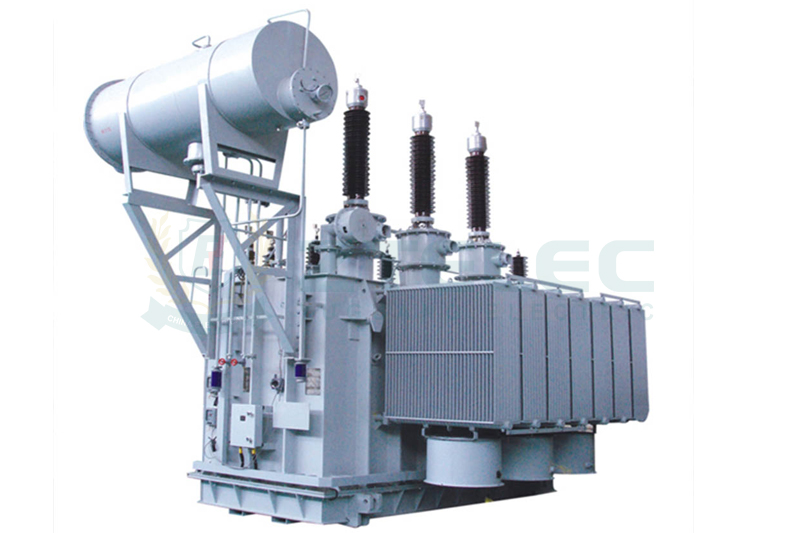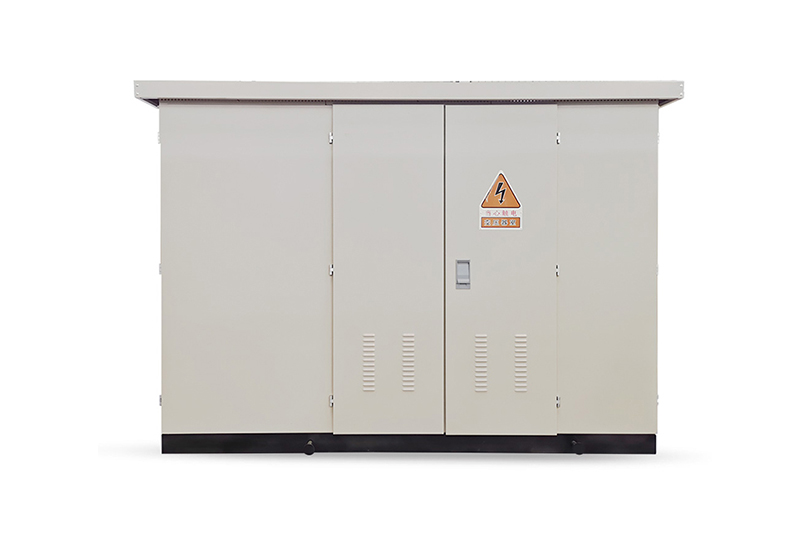Voltage Ratio Design Standards and Safety Considerations for Isolation Transformers
Time:2025-06-13 Auther:ZTelec-www.ztelectransformer.com
In modern electrical systems, isolation transformers play a key role in ensuring operational safety by providing voltage isolation between circuits. One of the most critical parameters in their design is the voltage ratio, which directly influences the transformer’s performance and its applicability across various scenarios. This article explores the key design standards for voltage ratio selection and highlights essential safety considerations during operation.

1. Voltage Ratio Design Standards for Isolation Transformers
Correlation Between Voltage Ratio and Turns Ratio
The voltage ratio of an isolation transformer is determined by the turns ratio between the primary and secondary windings. In most standard applications, a 1:1 voltage ratio is used—meaning the input and output voltages are equal, while still maintaining electrical isolation. In specialized use cases, such as equipment requiring voltage adjustment, the ratio can be altered to match the required output levels.
Compliance with Rated Voltage Standards
In high-safety environments such as medical or laboratory settings, isolation transformers must meet established rated voltage standards. These standards are based on extensive industry validation and are critical for ensuring stable and secure performance of sensitive equipment.
Safety-Based Design Requirements
Insulation Structure: Safety isolation transformers must be constructed with reinforced insulation between the windings to prevent leakage current and reduce electric shock risks. This includes compliance with standards for insulation resistance and allowable temperature rise.
Rated Capacity and Voltage Limits: Safety standards also define strict limits for the rated voltage and capacity of isolation transformers. These ensure that the device operates reliably within its designed electrical envelope across different applications.

2. Key Considerations for Voltage Ratio Usage
Short-Circuit Risk Management
Isolation transformers—especially high-power models—are vulnerable to short circuits due to their limited withstand time. In the event of a fault, rapid current escalation may damage the transformer. Unlike some devices with internal protection systems, isolation transformers generally lack built-in short-circuit protection, making external protection and circuit design critical.
Complexities of Secondary Grounding
General Rule: In typical usage, neither terminal of the transformer’s secondary side should be grounded. Grounding the secondary side may nullify the transformer’s isolation function and increase the risk of electric shock in the event of single-phase faults.
Exception: In applications where reinforced insulation is not present, grounding or neutral bonding may be introduced under controlled conditions to prevent potential faults between the primary and secondary circuits.
Human Contact and Electric Shock Risks
Although isolation transformers enhance safety, they do not eliminate all electrical hazards. If a person simultaneously touches both conductors on the secondary side, current may flow through the body. Therefore, direct contact with both terminals must always be avoided.
Limiting Secondary Circuit Length
Overly long secondary circuits can produce capacitive leakage currents to ground, potentially introducing electrical hazards. To maintain safety and performance, the total length of the secondary wiring should be minimized according to design standards.
The Importance of Equipotential Bonding
Multiple Equipment Scenarios: When a single isolation transformer powers multiple pieces of equipment, all device enclosures must be equipotentially bonded. Outlets should include bonding terminals to equalize potential between devices and eliminate touch voltage hazards.
Consequences of No Bonding: If equipotential bonding is omitted, differences in potential may arise between enclosures. In the event of a fault, a person touching two different devices may be exposed to dangerous contact voltage, increasing the risk of serious electric shock incidents.
Maintaining Insulation from the High-Voltage Side
On transformers providing low-voltage safety power, it is essential to maintain strong reinforced insulation between the high-voltage and low-voltage windings. Grounded shielding layers between primary and secondary circuits are also recommended for added protection. Safety isolation transformers must meet minimum insulation resistance values defined by international standards to guarantee safe operation over time.
The voltage ratio is a fundamental factor in isolation transformer design, impacting both performance and safety. From selecting the proper turns ratio and complying with rated standards to implementing robust insulation and grounding strategies, every aspect must be carefully considered. By following established guidelines and maintaining a focus on system safety, engineers can ensure long-term reliability and protection in a wide range of isolation transformer applications.




